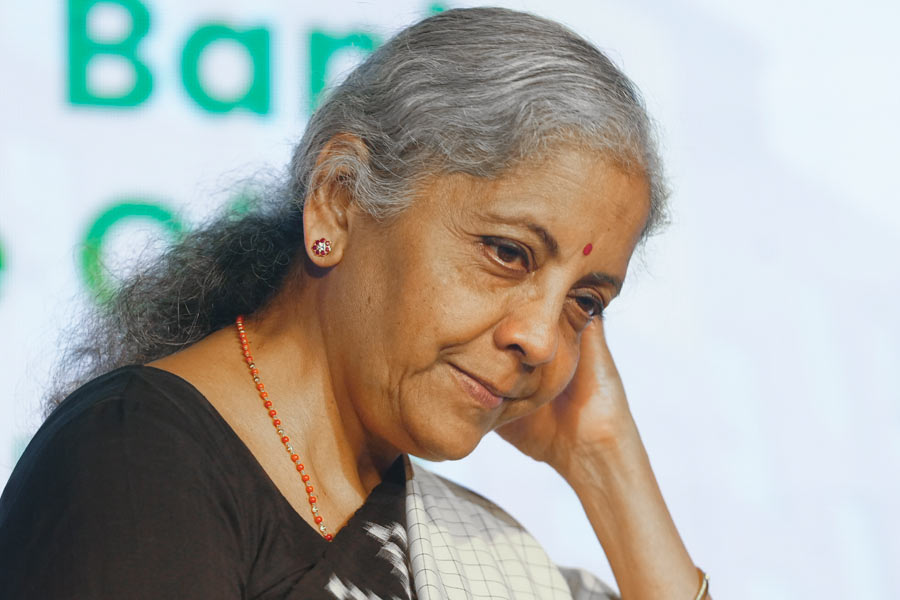 Monday, 27 January 2025
Monday, 27 January 2025
 Monday, 27 January 2025
Monday, 27 January 2025
Turmoil in Tests, glory in T20s. That’s how analysts and fans are defining Indian cricket now. While the T20 side, led by Suryakumar Yadav, is rewriting the rules of cricket, the Indian Test team under Rohit Sharma is stuck in a downward spiral.
After a disastrous 0-3 whitewash at home to New Zealand, marking India’s first home series loss in over a decade, and a disastrous 1-3 defeat at the Border-Gavaskar Trophy, critics have questioned the team’s direction.
So what can India’s struggling Test side learn from their T20 counterparts?
A dream run in T20s
India’s T20 juggernaut in the recent past has been great. The team ended an 11-year ICC trophy drought by lifting the T20 World Cup in 2024, their first since the inaugural edition in 2007.
This victory set the tone for a year in which the Men in Blue rewrote the record books, winning all five bilateral T20I series they played and losing two matches out of 26 completed games.
After Gambhir took charge as coach, he appointed Suryakumar Yadav as team captain. Under Surya, which pushed India to achieve a staggering 92.31 per cent win rate in T20Is in 2024, the highest for any team in a calendar year in men’s T20Is, surpassing Pakistan’s 89.47 per cent in 2018.
Yadav has overseen India’s remarkable run in the format with aggressive intent, fearless decision-making, and a well-oiled team dynamic,
In Gambhir’s tenure so far, India has played 12 T20 matches across four series, winning 11 of them. From clean sweeps against Sri Lanka and Bangladesh to a 3-1 series win in South Africa, Yadav’s leadership has brought consistency and flair. As the ongoing India-England series unfolds, the team has already secured two victories.
Building blocks of success
Suryakumar’s leadership seems rooted in fostering team harmony and backing his players. Speaking on Hotstar’s special show, Superstars, Yadav highlighted his vision: “I feel I don’t just want to be a captain; I want to be a leader.”
His emphasis on aligning the team with a common vision and creating a positive environment has resonated with the younger players.
Handling senior players like Hardik Pandya has also been a testament to Yadav’s leadership maturity. Suryakumar has ensured a collaborative approach, despite Pandya no longer being the vice-captain.
“Hardik is still a key member of our leadership group,” Yadav had said in an interview with ESPNcricinfo.
There were no murmurs of discontent when a less experienced Axar Patel was made the vice-captain, showcasing Surya’s adept handling of the situation.
Young talents like Tilak Varma and Rinku Singh have flourished in this environment. Varma, who scored a match-winning 72 not out against England, credited Yadav for giving him confidence and a pivotal No. 3 position during the South Africa series.
Singh’s fearless hitting has been a revelation, with the captain and coach encouraging players to play with freedom and aggression.
The inclusion of Abhishek Sharma as a regular opener and Tilak’s adaptation at No. 3 has further strengthened the batting order. Bowling has also seen innovation, with Varun Chakraborty’s mystery spin and Arshdeep Singh’s incisive pace forming a lethal combination.
Tactical innovation and aggressive intent
With Virat Kohli and Rohit Sharma stepping away from T20s after the World Cup, the team has embraced a new batting order and younger faces. The aggressive mindset has translated into high-scoring games and successful total defences, with the team often setting daunting targets, like the 297 against Bangladesh.
Bowling strategies have also seen a change. Chakraborty’s clever use of angles and Arshdeep’s ability to deliver in crunch moments have given India an edge in tight games.
Test team’s struggles under Rohit Sharma
While the Indian T20 side under Suryakumar Yadav has been performing well, the Indian Test team has faced an alarming decline under the leadership of Rohit Sharma.
Expectations were sky-high after the arrival of Sharma as captain was seen as a new beginning for Indian cricket. But the Test team has struggled to replicate the same form that saw them conquer Australia and England in the past, with inconsistent performances and questionable team selections.
After a dominant series win against Bangladesh earlier that year, the loss to New Zealand raised serious questions about the team’s ability to perform, even on home soil. The defeat was compounded by poor batting performances, with India failing to make substantial runs in all three Tests.
This was followed by a mixed campaign in the Border-Gavaskar Trophy in Australia, where India, despite winning the opening Test in Perth by a record 295-run margin, went on to lose the series 1-3. The collapse in Melbourne, a second innings defeat where India was bowled out for just 136, highlighted the frailties in their batting unit.
While the bowlers tried to hold their own, the lack of partnerships with the bat meant India never managed to build momentum.
Mismanagement and missed opportunities
There have been alleged Gambhir versus Sharma contradictions that has exacerbated India’s struggles in the longer format. Controversial decisions regarding team selection were evident during the Perth Test, where the exclusion of seasoned spinners Ravichandran Ashwin and Ravindra Jadeja in favor of Washington Sundar was met with widespread criticism.
This decision left the Indian bowling attack depleted and raised questions about the coach and captain’s understanding of the conditions and what was needed to combat the challenge of Australian pitches.
The inconsistency in squad selection continued throughout the year. There were multiple occasions when younger players like Shubman Gill and Shreyas Iyer were dropped after a single failure, while senior players remained in the squad despite prolonged poor form.
Batting woes and lack of leadership in tough times
India’s reliance on senior players in the batting lineup has also been a problem. While Virat Kohli’s 81st century is a milestone that Indian fans have celebrated, his consistency has been in question.
His prolonged lean patch in the longer format, has had an adverse effect on India’s middle order. In tough conditions, the team has often looked to Kohli to stand tall, but more often than not, he has found himself under pressure.
The captain, Rohit Sharma, too, has failed to fire in the longer format, leaving the team without a dependable opening pair.
Rohit Sharma and Gambhir’s understanding, or the lack of it, led India to lack direction.
So, what can India’s struggling Test side learn from their T20 counterparts?
Leadership is a crucial element of the equation. While Rohit Sharma is a successful leader in limited-overs cricket, his transition into a Test leader has been a rocky one. The selectors may need to revisit leadership options to manage resources better.







